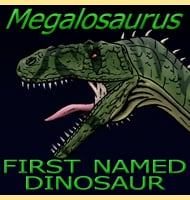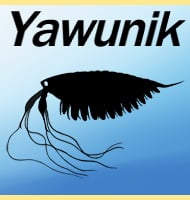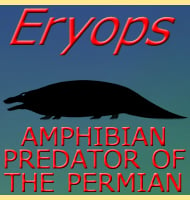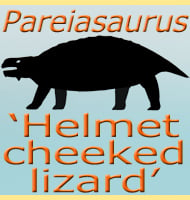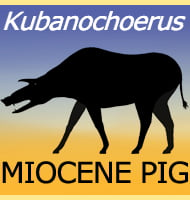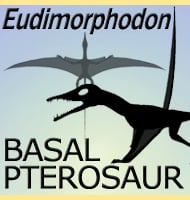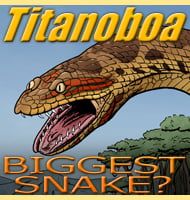In Depth
When this genus was first discovered, only the posterior portion of an individual ankylosaur remained to be studied. It is thought the anterior half had been previously exposed by erosion and was now lost, though part of the skull and teeth were found. The rear half of the dinosaur, including the tail and even the ossified tendons that held it straight were much better preserved, with the remains being considered amongst the best set of ankylosaur remains discovered for the time.
Then in 1971 during a wider evaluation of ankylosaur fossils the palaeontologist Walter Coombs declared that Dyoplosaurus was actually an individual of another genus called Euoplocephalus. This led to the Dyoplosaurus material being re-described as belonging to the Euoplocephalus type species, E. tutus. Here they remained until 2009 when a re-description of the remains was conducted which saw Dyoplosaurus resurrected as an independent genus. The main validation for this is that the Dyoplosaurus tail is quite different from those of other known ankylosaurs and is unique enough to allow for a clear identification of further ankylosaur remains that preserve the tail and hind quarters.
Further Reading
-Dyoplosaurus acutosquameus, a new genus and species of armoured dinosaur; and notes on a skeleton of Prosaurolophus maximus, William A. Parks - 1924 -A redescription of the ankylosaurid dinosaur Dyoplosaurus acutosquameus Parks, 1924 (Ornithischia: Ankylosauria) and a revision of the genus, Victoria M. Arboura, Michael E. Burnsa & Robin L. Sissonsa - 2009.

